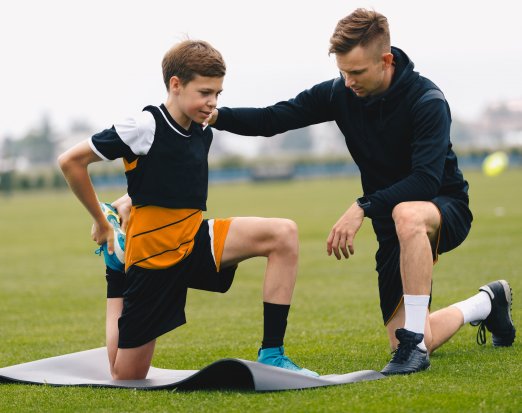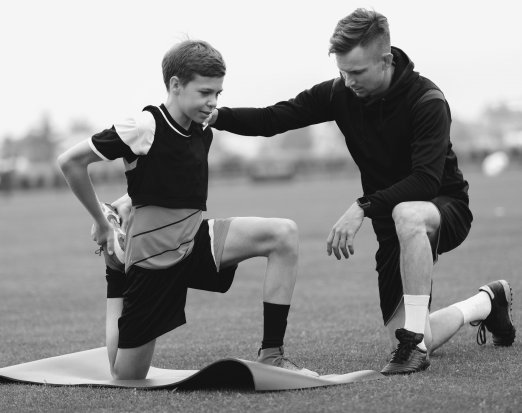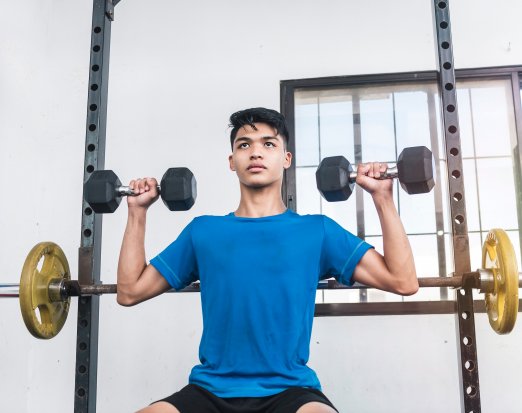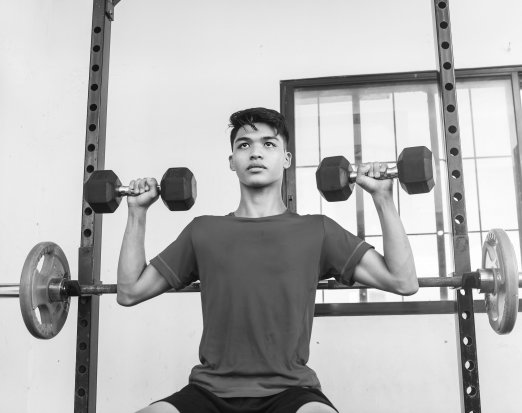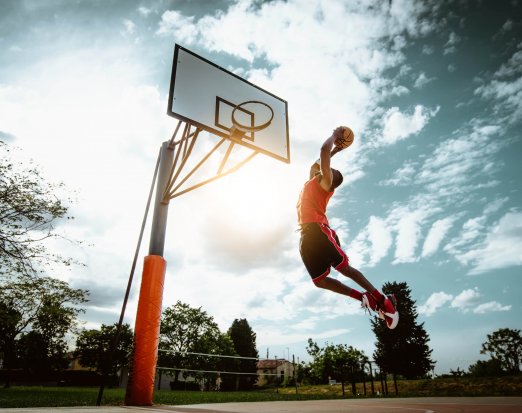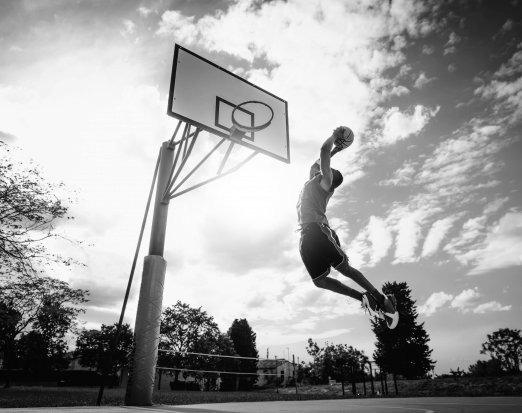Youth Sport - Knee Injuries: Identifying Potential Risks
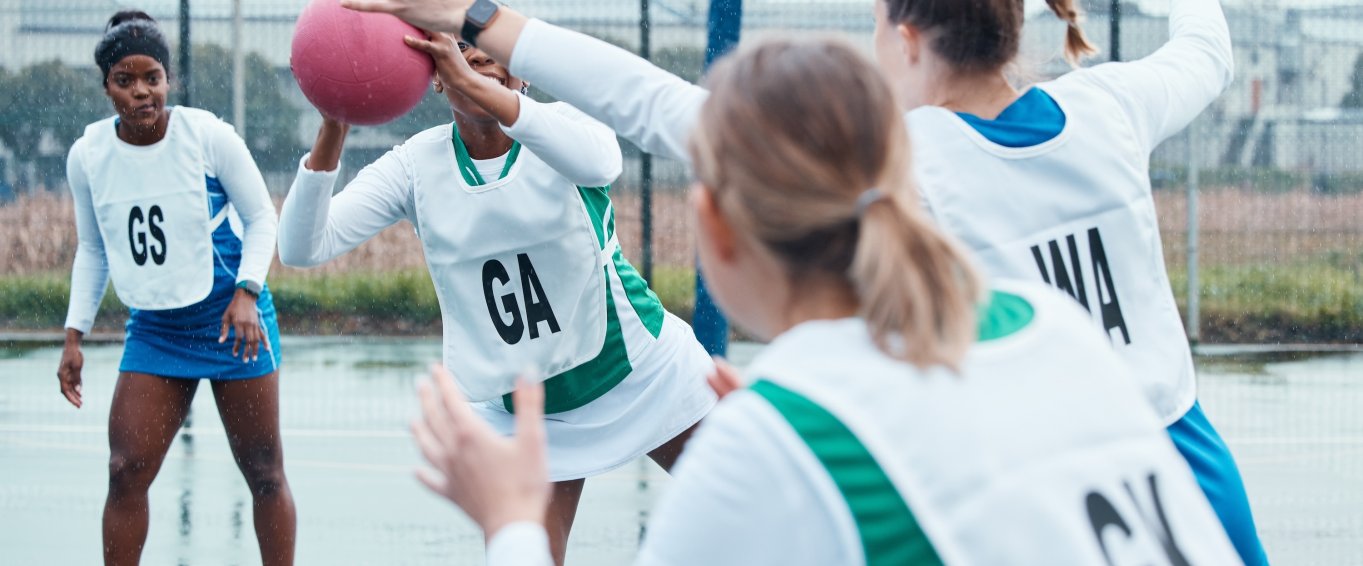
In a previous blog, Monitor Youth Athletes & Physical Preparation for Youth Sport, we discussed the importance of testing and monitoring youth’s physical development so we can prepare them to cope with the demands of the sport. We know that the age, playing level, and position will influence these sporting demands (17). Unfortunately, general preparation for youth athletes is extremely low (7, 12), plus, many youth athletes fall into sport specialisation, which may increase their risk of non-functional overreaching and injury (13).
Most injuries that youth athletes sustain are overuse or sport-related injuries (4). For example, in high-school basketball players, both young females and young males reported relatively high injury rates in the lower limbs, with ankle/foot injuries being the most injured (young males 43.2%, young females 35.9%) (3). In the same study, knee injuries were the second most frequent reported injury. Interestingly, young female basketball players reported 72% more knee injuries than young males. This increase in injury risk within young female athletes has also been reported in football (5). However, from a youth physical development perspective, both young males and females have a risk of developing a knee injury, including serious injuries like rupturing the anterior cruciate ligament, with young females potentially having a greater risk through puberty (15).
Knee Injuries – Anterior Cruciate Ligament
Unfortunately, from a severity point of view, suffering an Anterior Cruciate Ligament (ACL) injury is both common and comes with long-term consequences. If the athlete completely ruptures their ACL, they will be away from their sport for at least a year (2), if not longer, and after rehabilitation/retuning back to their sport programme, the reoccurrence of injury is especially high (10). Therefore, monitoring and preparing the athlete for their sport and minimising the risks, are essential in the long-term health of each athlete.
For example, reviewing the sporting demands during a netball game, athletes regularly perform hops, skips, and jumps, along with quick changes of direction, and short sprints (16). From an ACL stance, jumping and landing has received a lot of attention, as athletes must cope with high ground reaction forces on landing (up to ~6.8 times bodyweight) (9). Additionally, athletes must stick their landing, which restricts or inhibits the ability to use any elastic energy, thus the energy needs to be dissipated through the musculoskeletal structures.
When landing with stiff legs, with minimum hip and knee motion, the impact/ground reaction forces (GRF) may create a higher/condensed peak (peak force), as there’s reduced time available, whereas, bending the hips and knees on landing will flatten the curve, as the player is given more time to cope with the impact. The challenge with landing with a high amount of knee and hip bend, is that it can potentially slow the player down, thus reducing sporting performance.
Potential Risk Factors
As with most musculoskeletal injuries, the literature will report that there’s no one causative factor, and we should view the injuries as multifactorial. However, we still need to identify and list the different factors to see if we can develop qualities and/or strategies to help our athletes. The risk factors have been placed as either intrinsic or extrinsic. Examples of intrinsic risk factors are, BMI, changes in neuromuscular or biomechanical strategies, hormonal and fatigue level. Examples of extrinsic risk factors include, footwear, playing surface, weather condition, level of competition and sport played (1).
Neuromuscular Training and Programmes
From a strength and conditioning perspective, both biomechanical and neuromuscular aspects have been studied, especially neuromuscular training, with some positive outcomes. For example, a study assessing the effectiveness of neuromuscular and proprioceptive training reported an 88% reduction in ACL injuries in the first year compared to a control group, followed by 74% reduction in the second year when compared to females at the same age and skill level (11). In another well-known study (14), the researchers performed a 20-minute warmup programme, twice week, with youth football players (age>13 years). The findings of the study were again promising with the risk of injury reducing by 30%.
As previously mentioned, sports that demand their athletes to jump and land may place them at higher risks. In a study that investigated biomechanical changes in landing techniques from neuromuscular training, reported that female netball players (11-13 years old) altered their landing strategies to better cope with the higher forces, when landing on either two legs or one (8).
If we take a close look at the above programmes, we tend to see a trend of the training exercises used. All the above studies used a combination of balance, strength, plyometric, with Mandelbaum also using agility type drills. This is consistent with (Myers et al), who stated that neuromuscular training incorporates a wide range of exercises and drills, including strength training, plyometric, balance, agility, along with both general motor skills and specific-sport skills. It is also important to note, that the exercises and drills need to be performed with optimal motor control, which will lead to changes in motor performances.
Summary - Practical Application
Unfortunately, injuries in youth sport are increasing with most of the injuries classified as either overuse or sport-related injuries. Both male and female youth athletes have a relative risk of sustaining an injury. The lower limb is reported as the most frequent area, foot, ankle, and knee. Serious knee injuries (ACL) are again common in both males and females, with females being more at risk through puberty.
The risk factors are classified as intrinsic and extrinsic. Many studies have investigated the intrinsic factors, especially biomechanical changes through neuromuscular training. Regular neuromuscular training has shown positive outcomes for reducing the risk of injuries in both males and females’ youth athletes, from a wide range of sports.
Neuromuscular training incorporates different types of training, including, balance, strength, plyometrics, and agility, along with general and sport-related skills. The training should be performed with optimal motor control, which will lead to changes in motor performances.
This emphasises the importance of youth athletes starting and regularly performing strength and conditioning that contain strength exercises, plyometric, and agility drills. By encouraging youth athletes to perform their strength and conditioning training, and through regular monitoring and support, we can help to reduce the risk of injuries, including serious knee injuries.
Youth Strength & Conditioning Platform for Schools, Sport Clubs, and Academies.
Our platform helps to deliver effective training and tracks athletic progress and development, with the core objectives of reducing the risk of injuries and to promote both sport readiness and performance. The platform’s features include -
- Strength and conditioning tests and dashboard to compare and contrast athlete metrics
- Athlete app - athletes can discover new exercises and train independently
- Track data - monitor athlete’s training loads, RPE, and training adherence
- Reports - simply create squad, team, and individual athlete reports
- Full curriculum - follow a strength and conditioning curriculum with a library of session plans
References
- Acevedo, R.J., Rivera-Vega, A., Miranda, G., & Micheo, W. (2014). Anterior cruciate ligament injury: identifications of risk factors and prevention strategies. Current Sports Medicine Reports, 13(3), 186 – 191.
- Ardern, C.L., Webster, K. E., & Taylor, N.F. (2011). Return to preinjury level of competition sport after anterior cruciate ligament reconstruction surgery: two-thirds of patients have not returned by 12 months after surgery. The American journal of Sports Medicine, 39(3), 538 – 543.
- Borowski, L.A., Yard, E.E., Fields, S.K., & Comstock, D.R. (2008). The epidemiology of US high school basketball injuries, 2005 – 2007. The American Orthopaedic Society for Sports Medicine, 36(12), 2328 – 2335.
- Brenner, J.S. (2007). Overuse injuries, overtraining, and burnout in child and adolescent athletes. American Academy of Paediatrics Council on Sports Medicine, 119(6), 1242 – 1245.
- Crossley, K.M., Patterson, B.E., Culvenor, A.G., Burder, A.M., Mosler, A.B., & Mentiplay, B.F. (2020). British Journal of Sports Medicine, 1, 1 – 12.
- Ferreira, M.A., & Spamer, E, J. (2010). Biomechanical, anthropometrical, and physical profile of elite university netball players and the relationship to musculoskeletal injuries. South African Journal for Research in Sport, Physical Education and Recreation, 32(1), 57 – 67.
- Gamble, P. (2011). Physical preparation for netball – part 1: needs analysis and injury epidemiology. UK Strength & Conditioning Association, 22, 10 – 15.
- Hopper, A.J., Haff, E.E. Joyce C., Lloyd, R.S., & Haff, G.G. (2017). Neuromuscular training improves lower extremity biomechanics associated with knee injury during landing in 11 – 13-year-old female netball athletes: a randomised control study. Frontiers in Physiology, 8(883), 1 – 13.
- Hopper, D.M., McNair, P., & Elliott, B.C. (1999). Landing in netball: effects of taping and bracing the ankle. British Journal of Sports Medicine, 33, 409 – 413.
- Kamath, G.V., Murphy, T., & Creighton, R.A. (2014). Anterior cruciate ligament injury, return to play, and reinjury in the elite collegiate athlete: analysis of an NCAA division 1 cohort. The American journal of Sports Medicine, 42(7), 1638 - 1643.
- Mandelbaum, B.R., Silvers, H.J., Watanabe, D.S., Knarr, J.F., Thomas, S.D., Griffin, L.Y., Kirdendall, D.T., & Garrett, W. (2005). Effectiveness of neuromuscular and proprioceptive training program in preventing anterior cruciate ligament injuries in female athletes. The American journal of Sports Medicine, 33(7), 1003 – 1010.
- Merkel, D.L. (2013). Youth sport: positive and negative impact on young athletes. Open Access Journal of Sports Medicine, 4, 151 – 160.
- Myer, G.D., Jayanthi, N., DiFiori, J.P., Faigenbaum, A.D., Kiefer, A.W., Logerstedt, D., & Micheli, L.J. (2015). Sports specialisation, part 2. Alternative solutions to early sport specialisation in youth athletes. Sports Health, 8(1), 65 – 73.
- Sadigursky, D., Braid, J.A., Lemos De Lira, D.N., Barreto Macado, B.A., Fernandes Carneiro, R.J., & Colavolpe, P.O. (2017). The FIFS 11+ injury prevention program for soccer players: a systematic review. BMC Sports Science, Medicine, and Rehabilitation, 9(18), 1 – 8.
- Stracciolini, A., Stein, C.J., Zurakowski, D., Meehan, W.P., Myer, G.D., & Micheli, L.J. (2015). Anterior cruciate ligament injuries in paediatric athletes presenting to sports medicine clinic: A comparison of males and females through growth and development. Sports Health, 7(2), 130 – 136.
- Thomas, C., Comfort, P., Jones, P.A., & Dos Santos, T. (2017). Strength and conditioning for netball: a needs analysis and training recommendations. Strength & Conditioning Journal, 1 – 12.
- Till, K., Weakley, J., Read, D.B., Phibbs, P., Darrall-Jones, J., Roe, G., Chantler, S., Mellaieu, S., Hislop, M., Stokes, K., Rock, A., & jones, B. (2020). Applied sport science for male age-grade rugby union in England. Sports Medicine, 6(14), 1 – 20.
